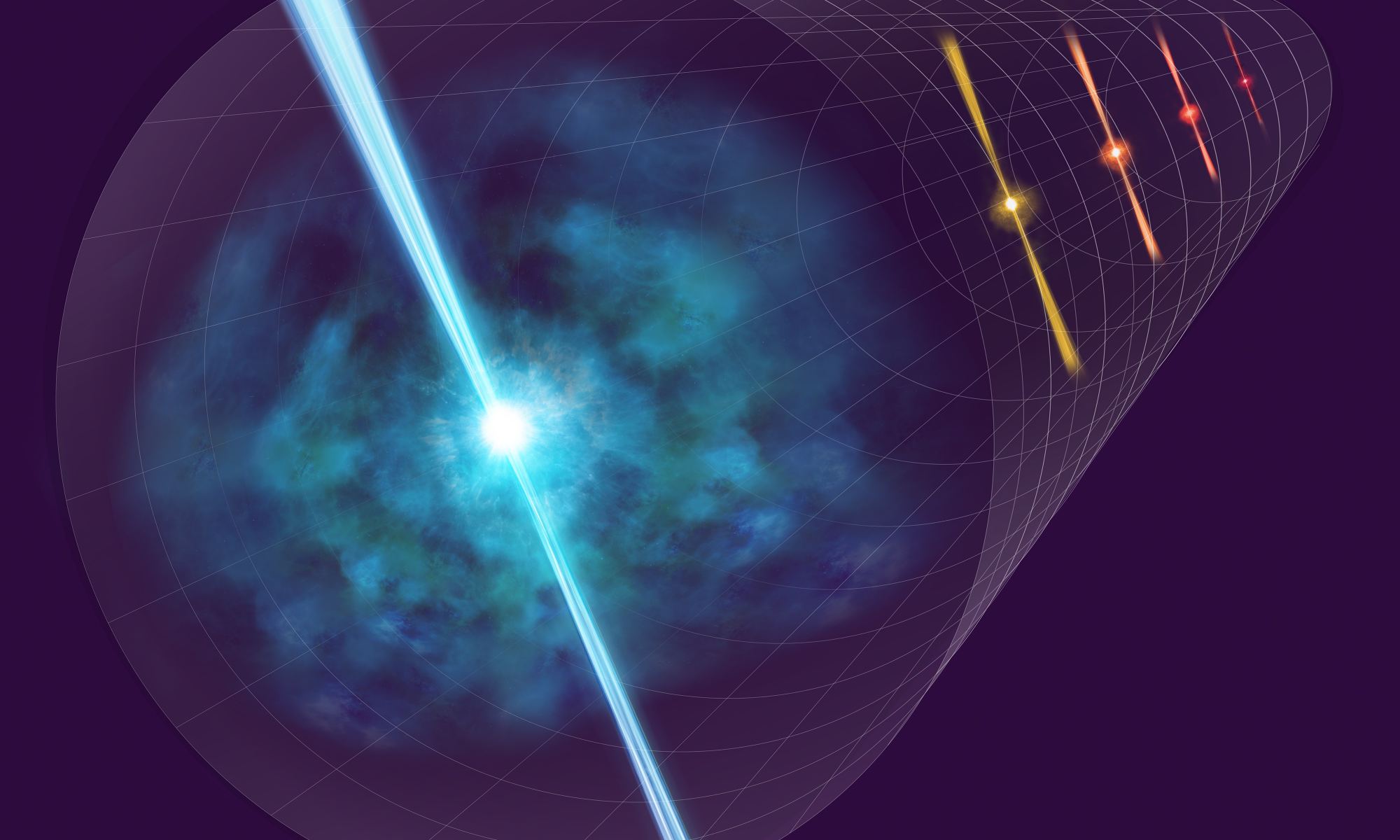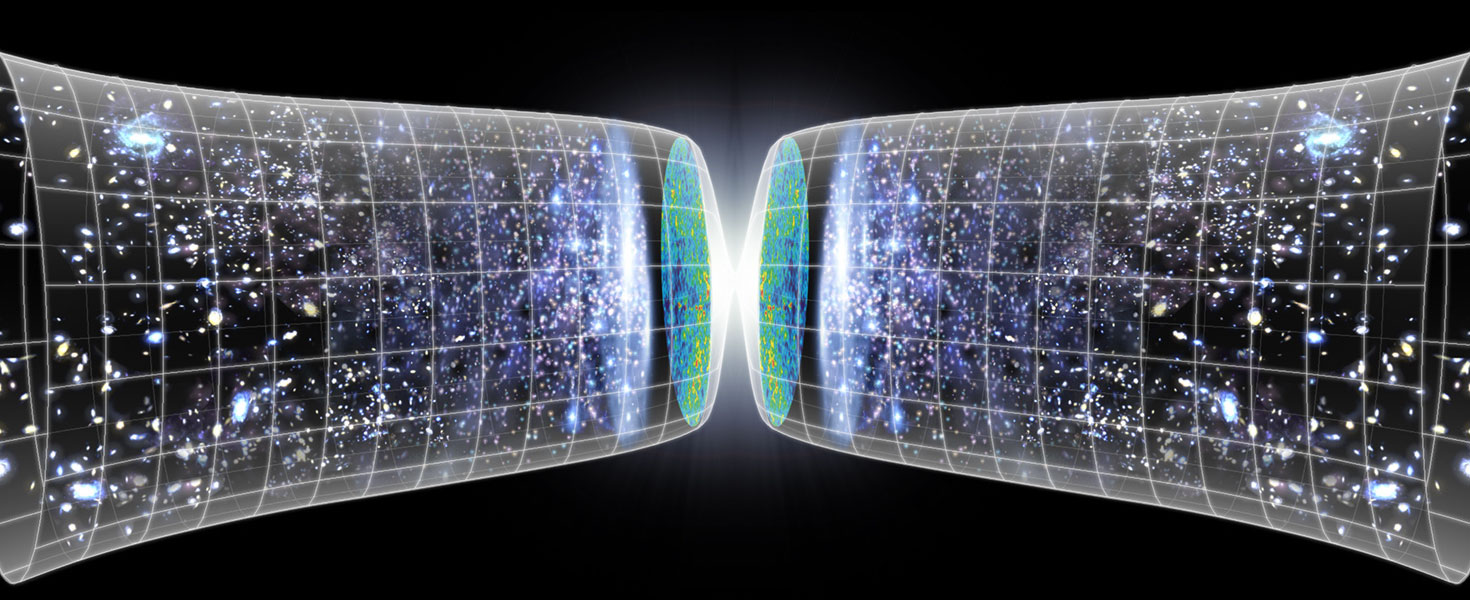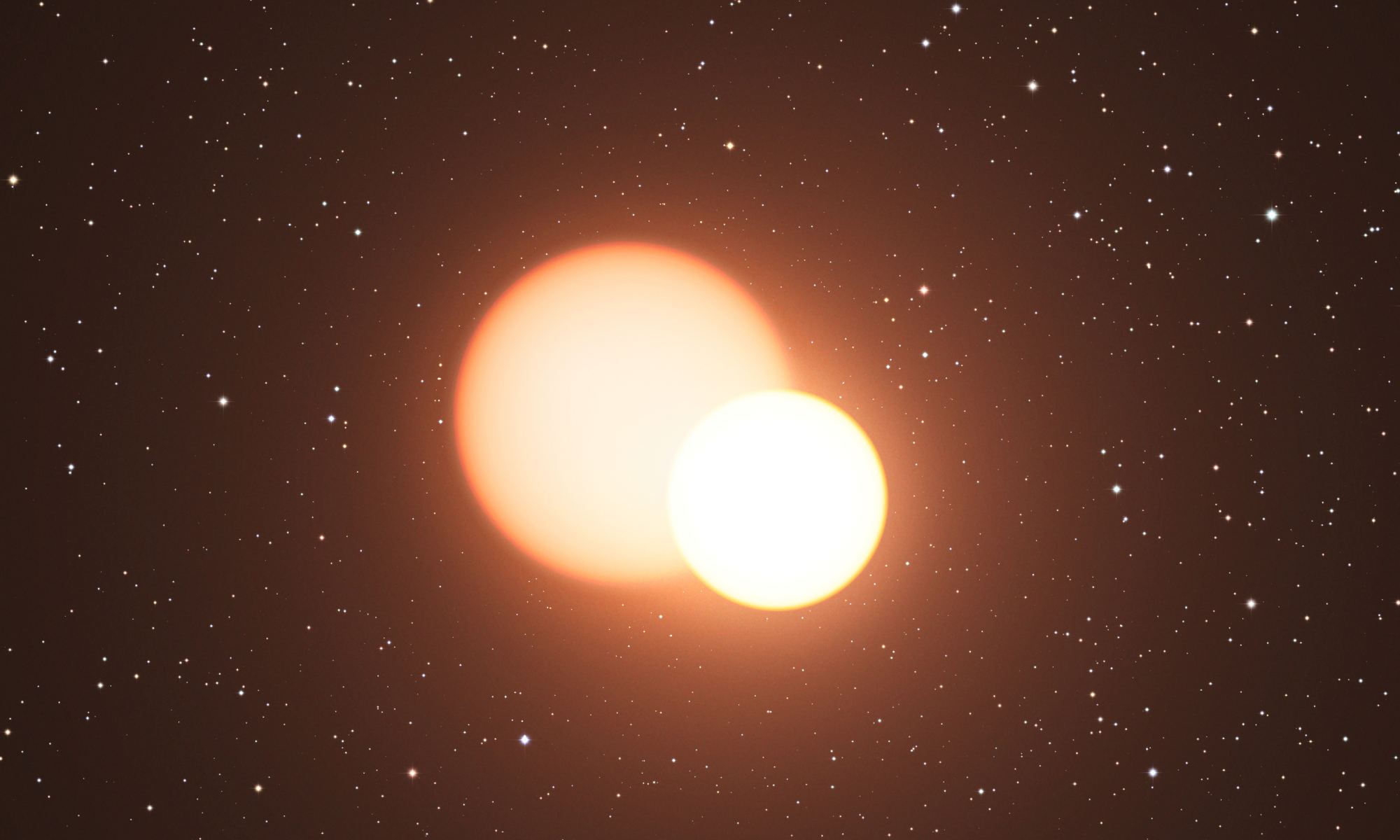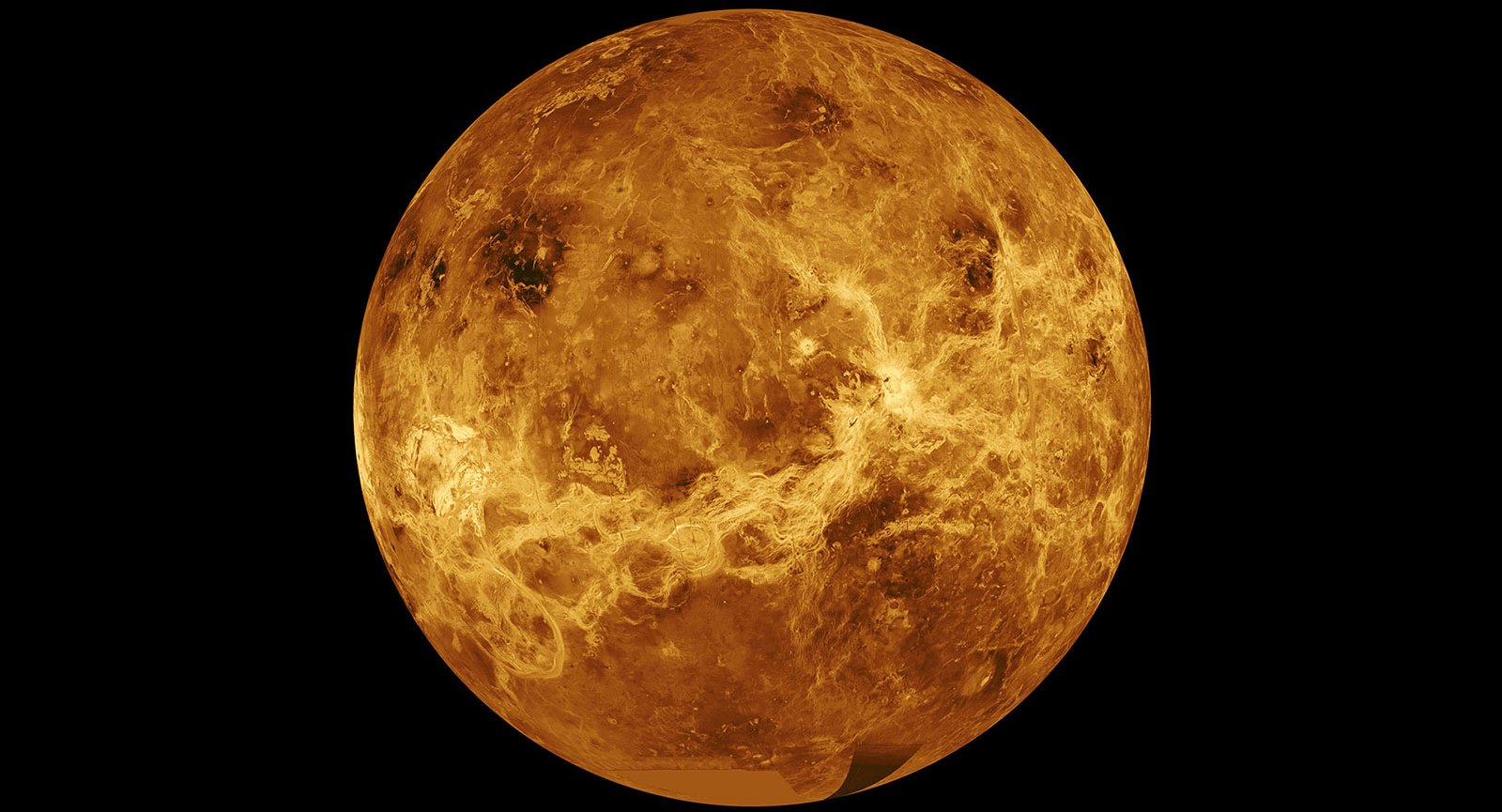The vast majority of stars have planets. We know that from observations of exoplanetary systems. We also know some stars don’t have planets, and perhaps they never had planets. This raises an interesting question. Suppose we see an old star that has no planets. How do we know if ever did? Maybe the star lost its planets during a close approach by another star, or maybe the planets spiraled inward and were consumed like Chronos eating his children. How could we possibly tell? A recent study on the arXiv answers half that question.
Continue reading “When Stars eat Their Planets, the Carnage can be Seen Billions of Years Later”When Stars eat Their Planets, the Carnage can be Seen Billions of Years Later










